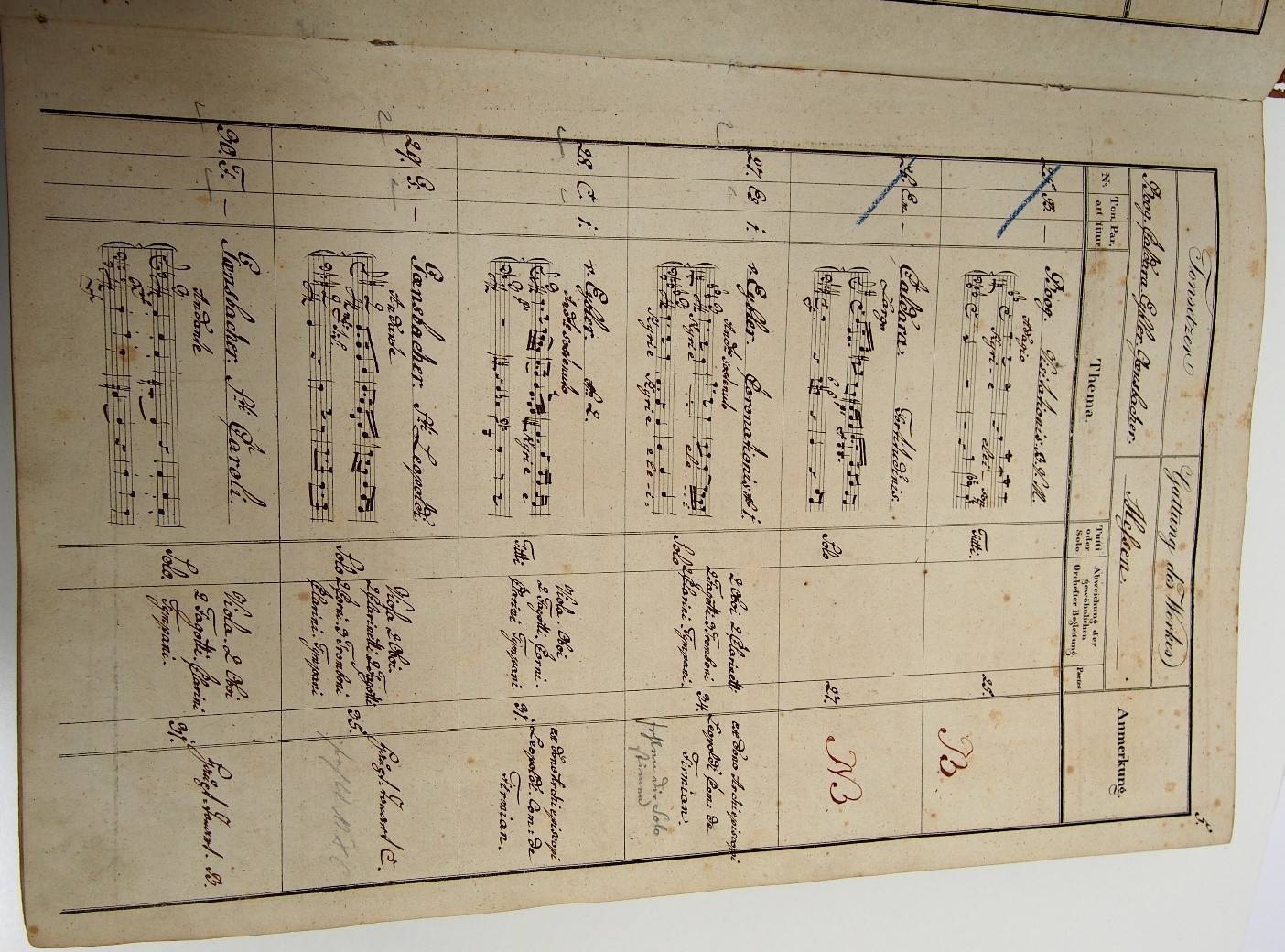Music and Musical Life at the Metropolitan and Cathedral Church of Saint Stephen in Vienna
St. Stephen’s Cathedral, consecrated in 1147, already developed as a spiritual centre in Vienna under the Babenbergs. There seems to have been a “cappella” almost from the beginning, and a “cantor” is also mentioned in Rudolf IV’s letter of foundation for the cathedral chapter in 1365. The choirboys were recruited from the town school (collegium civium), which was under the patronage of the sovereign from 1237 onwards, and of the town from 1296 onwards. Their tradition continued until the middle of the 20th century. With the establishment of the bishopric of Vienna in 1469 and the growth of Habsburg power, St. Stephen’s took on additional importance as the city’s largest church,e.g. the 1515 Viennese double wedding , when the church became the main space for both Habsburg and Jagiellonian representation.
The musical arrangement of the liturgy, paraliturgical ceremonies around the cathedral, as well as new stylistic developments required a successive expansion of the chapel, whose tasks could by no means be fulfilled by the choirboys, clergymen, and, at least theoretically, the students of the university. With the beginning of the early modern period, at the latest,further professional singers and instrumentalists had to be employed. Their tasks were manifold, since St. Stephen’s was not only used by the cathedral chapter and the city as a liturgical, spiritual and representative space, but was also the bishop’s church and the sovereign’s own church (“Eigenkirche” until 1918). The financial management, however, was in the hands of the city of Vienna until well into the 18th century (and officially until 30 April 1868); since then the administration of the cathedral church has been in the hands of the church master (“Kirchenmeister”) on behalf of the cathedral chapter.
Astonishingly the history and musical practice of one of the city’s main churches, that of the Metropolitan and Cathedral Church of St. Stephen, is only rudimentarily researched. Basic editions of sources largely date from the late 19th and early 20th centuries. In recent years, research gaps have been closed in several research projects on the history of medieval music, but little is known for the modern period (especially from the 17th century onwards). In the aftermath of a recent water damage, the remains of the historical music archive were sifted through, catalogued and professionally archived in the cathedral archive from autumn 2018 onwards. The following scientific processing of the repertoire and its use clearly shows the lack of knowledge about the musical history of St. Stephen’s Cathedral. In several project steps, gaps are now to be closed in order to be able to create an overall picture of the music at the Metropolitan and Cathedral Church of St. Stephen.


Project Duration
1 January 2019 – 31 December 2030
Contact
Links
MUSICOLOGY DEPARTMENT PROJECT WEBSITE (GERMAN)

